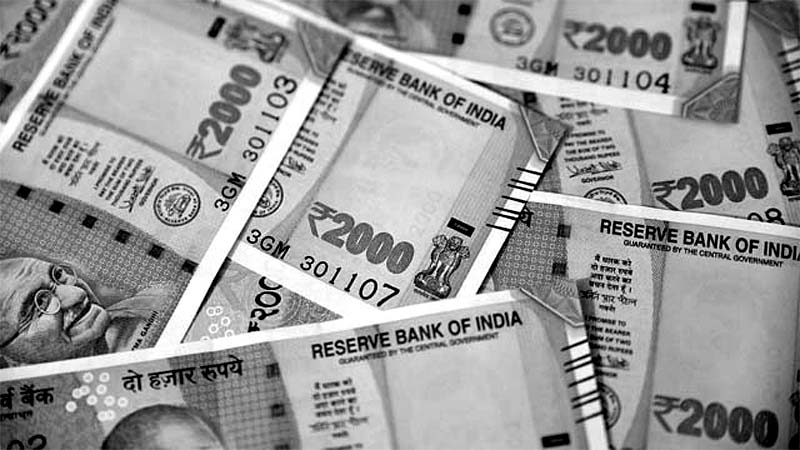The mounting number of pending cases in Indian courts has become a cause for concern, with the figure crossing a staggering 5.02 crore. This issue has caught the attention of policymakers and legal authorities alike, prompting discussions on the need for efficient measures to ensure timely delivery of justice. In a recent response in the Rajya Sabha, Union Law Minister Arjun Ram Meghwal highlighted the gravity of the situation, revealing that even in the Supreme Court, 69,766 cases await resolution. This blog post explores the reasons behind the surge in pending cases and the crucial need to expedite the judicial process for the benefit of Indian citizens and society as a whole.
The Rising Tide of Pending Cases
India faces a significant challenge with nine out of ten cases remaining pending in its courts. The growing awareness of individual rights has led to an increase in legal disputes as more people seek justice through the judicial system. While heightened awareness is a positive sign, the high number of pending cases remains a cause for concern. Delayed justice may lead to frustration among litigants, potentially prompting them to seek alternative means of resolution, which can be detrimental to law and order in the country.
Addressing Concerns Raised in the Past
The issue of pending cases has been raised in the past, with Chief Justice of India NV Ramana attributing the high pendency rate to non-filling of judicial vacancies. The timely filling of judicial positions and improving judicial infrastructure are critical steps to address the backlog of cases. Efficient coordination between the government and the judiciary is vital to ensure prompt resolution of pending cases. The collective effort of all concerned parties is essential in this regard.
Challenges in Judicial Vacancies
Despite the pressing need for timely justice, the number of judicial vacancies in India remains a concern. By December 2022, the total number of judges in the country’s 25 High Courts should have been 1,108, but only 778 judges were appointed. Similarly, lower courts faced a shortage, with only 19,288 judges out of 24,631 positions filled. The lack of judicial manpower impedes the speedy resolution of cases, necessitating comprehensive action to address this issue.
The Need for Speedy Justice
The rising number of lawsuits, such as the 6,000 FIRs registered in Manipur following riots, adds to the burden on the judiciary. To establish the rule of law effectively, courts must prioritize delivering swift justice. Lengthy court proceedings provide criminals with opportunities for defense, while delayed justice undermines its significance for victims and society as a whole. Expediting the judicial process within the framework of democracy is imperative to maintain peace and harmony in a densely populated country like India.
Conclusion
The surging number of pending cases in Indian courts demands immediate attention and effective solutions. While increasing awareness of individual rights is commendable, it is vital to strike a balance between citizens’ access to justice and timely resolution of cases. Addressing the issue of judicial vacancies, enhancing infrastructure, and streamlining coordination between the government and the judiciary are crucial steps towards expediting the judicial process. Only through concerted efforts can India’s legal system ensure speedy justice for its citizens, fostering a fair and just society.

